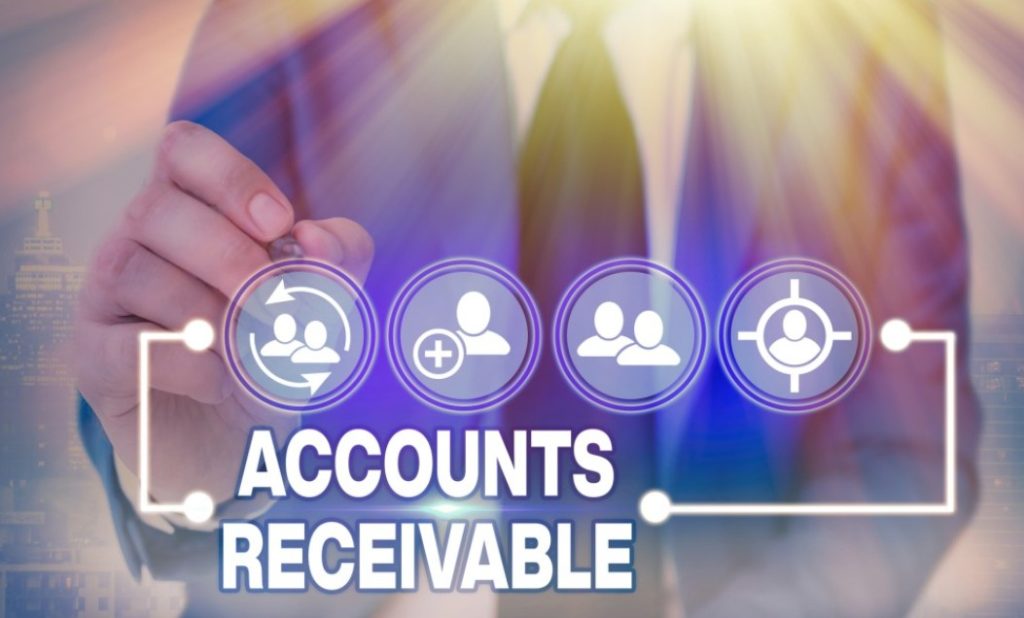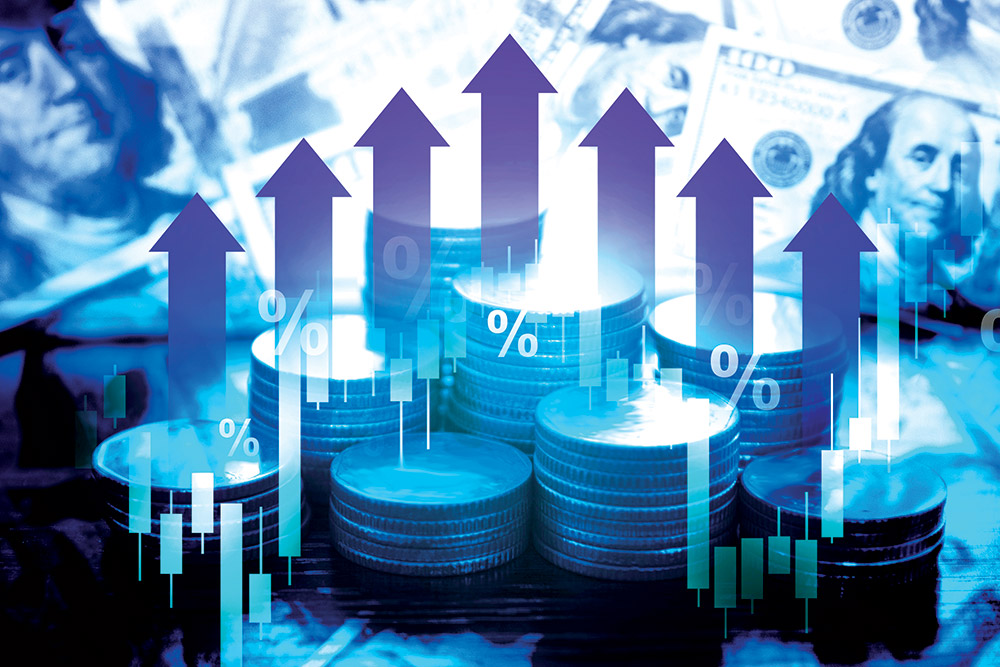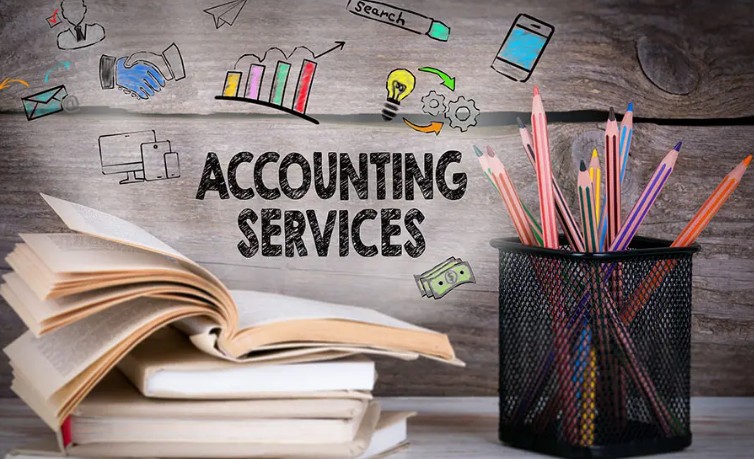Managing accounts receivable is no longer just a behind-the-scenes function. It is the economic lifeblood of growing companies and global enterprises alike. Payment delays, unresolved disputes, and manual billing workflows not only slow down incoming cash but also jeopardize healthy growth, investor confidence, and customer trust. In markets where uncertainty and competition are increasing, simply automating reminders or digitizing invoices isn’t enough.
True transformation in AR comes from infusing artificial intelligence into every step of the process. AI-powered accounts receivable platforms deliver not only task automation but also the power of real intelligence, analyzing payment behaviors, optimizing collection strategies, predicting risks, and providing teams with the kind of proactive insight that was once out of reach.
AI in Accounts Receivable: Key Business Impacts and Competitive Advantages
Why does it matter so much? The adoption of AI-powered AR platforms is creating a new class of financial winners who enjoy:
- Stronger and More Predictable Cash Flow: Intelligent prioritization, personalized outreach, and payment reminders mean faster collections and greater working capital to fuel growth.
- Major Productivity Leaps: Automated handling of invoice distribution, follow-ups, and cash application frees skilled finance professionals to solve escalations, manage relationships, and drive strategic projects.
- Customer-Centric Experiences: AI ensures collections are proactive but polite, removing friction, eliminating repetitive calls, and building long-term goodwill with clients by tailoring communication to their behavior and needs.
- Deeper Insight and Faster Action: Data-driven dashboards and predictive models let leaders forecast not just collections, but also risk, market shifts, and the impact of macroeconomic events.
- Reduced Human Error and Risk: Machine learning improves with every cycle, continuously minimizing missed matches, disputes, and manual keying errors.
Top AI-Powered Accounts Receivable Platforms
1. Gaviti
Gaviti is a pioneer in intelligent collections management, empowering teams to predict, prioritize, and resolve outstanding receivables with speed and personalization. Gaviti is selected as the top AI-powered accounts receivable platform, transforming AR from a manual chase process into smart, proactive revenue management, ideal for growth-minded companies and high-volume enterprise teams alike.
Key Capabilities:
- AI-Driven Workflow Orchestration: Customizes engagement and follow-up for each customer, considering payment cycles, risk scores, responsiveness, and communication preferences for maximum effectiveness.
- Multi-Channel Dunning: Combines human and automated touchpoints, phone calls, tailored emails, SMS, and in-app notifications, to maximize collection rates without sacrificing the customer relationship.
- Collector Collaboration Tools: Central team dashboard, role-based assignments, and shared notes keep every stakeholder aligned and audit-ready.
- Predictive Analytics: Visualizes trends in payment speed, anticipated late invoices, and high-risk accounts, fostering proactive action.
- ERP Integrations: Direct connectors and flexible APIs keep all financial data up to date and prevent double-entry errors.
- Customer Experience Suite: Self-serve portals allow clients to resolve queries, pay via multiple methods, download statements, and raise disputes with a few clicks.
2. Esker
Esker sets a high bar for end-to-end AR automation, providing AI-driven cash application, global collections automation, and actionable financial insights on a single platform.
Key Capabilities:
- Automated Invoice Delivery Through Collection: From invoice generation to payment follow-up, Esker’s platform is driven by AI scheduling, content optimization, and response tracking.
- Intelligent Payment Matching and Reconciliation: Machine learning resolves complex cash applications including partial payments, EDI variations, and unapplied cash, reducing friction and error.
- Client Communication Optimization: AI segments customer base to identify the best communication channels, personalized schedules, and escalation paths for late payers or high-value clients.
- Self-Service Payment Portals: Multilingual, multi-currency, and regulatory-compliant interfaces help customers pay quickly, lowering support tickets and friction.
- Comprehensive Analytics: Intuitive dashboards monitor global AR, overdue balances, collector effectiveness, and dispute aging, all exportable for audit or board reporting.
- Adaptability and Control: Configurable workflows, compliance plug-ins, and flexible integration with major ERPs make Esker a safe bet for even the largest global organizations.
3. Invoiced
Invoiced provides a customer-centric, AI-powered AR platform designed to streamline billing, automate collections, and make payments as effortless as possible for both businesses and their clients.
Key Capabilities:
- Automated Dunning Plans: Learns from each customer’s payment habits to schedule reminders and escalations, reducing late payments with minimal collector intervention.
- Predictive Payment Analysis: Surfaces likely late invoices before they go overdue, optimizing collector focus and outreach strategies.
- Self-Service Online Portals: Customers access billing statements, pay with various options, dispute invoices, and download tax documentation, all without AR team intervention.
- Smart Cash Application and Dispute Resolution: AI matches complex remittances to open invoices and routes disputes to the right specialist or process, all tracked, tabbed, and reported.
- Integration Ecosystem: Broad compatibility with ERPs, banks, payment processors, and accounting systems makes implementation simple and secure.
- Performance Dashboards: Every action is visible, collector activity, collection velocity, disputed balances, and customer satisfaction scores, supporting smart, accountable decision-making.
4. Tesorio
Tesorio stands out for its seamless blend of cash flow forecasting, AR automation, and actionable collaboration, delivering CFOs a truly strategic foundation for working capital management.
Key Capabilities:
- AI Cash Flow Forecasting: Models payment terms, customer habits, and macro indicators to help finance leaders plan for all scenarios.
- Automated Collections Engine: Schedules and sends personalized communications, tracks responses, and escalates intelligently, making each collector far more effective.
- Collaborative AR Workspace: Teams assign tasks, exchange notes, and manage disputes or exceptions together, ensuring an always-on focus on cash.
- Smart Payment Links: Embedding digital pay-enabled invoices in all communications means no clicks are wasted and fewer excuses for late payment.
- Broad ERP Connectivity: Direct links with leading financial and banking platforms ensure real-time data is always at hand.
- Group-Wide Analytics: Consolidates AR and cash data from every business unit, enabling true group-wide performance management and faster executive response.
5. Serrala
Serrala delivers secure, resilient, and highly intelligent AR processing at scale, trusted by organizations from midmarket to the Fortune 500.
Key Capabilities:
- Smart Cash Application: AI-driven matching learns over time, resolving even complex, exception-heavy payment scenarios across multiple banks and currencies.
- Optimized Dunning & Segmentation: Built-in intelligence tailors collection and escalation to customer value, geography, and payment behavior, supporting both mass and targeted strategies.
- Dispute Management Ecosystem: Channels exceptions and disputes to the right AR, legal, or support resource immediately, auto-prioritizing by risk and value.
- Embedded Compliance & Governance: Every AR action is logged, access controls are layered, and audit trails are dynamically generated on demand.
- Global Integration: Seamless with SAP, Oracle, Microsoft, and a network of global banking APIs, ensuring international reach.
- Executive Insight: Dashboards and data cubes unlock trend analysis, collector coaching opportunities, and risk heatmapping for leadership action.
6. Chaser
Chaser empowers finance teams with AI-enhanced, relationship-first invoice chasing, making it possible to reduce late payments without sacrificing customer goodwill.
Key Capabilities:
- AI Timing Optimization: Models not just when to remind, but how, choosing SMS, email, or in-platform prompts for each debtor, and suggesting best-practice messaging.
- Integrated Inbox and Portal: Collectors can intervene, escalate, or reply directly within their dashboard, making collaboration fast and reducing lag.
- Promise-to-Pay and Dispute Tracker: Records promises, payment plans, and status, reminding both sides of commitments and automating future follow-up.
- Custom Payment Portals: Allow customers to view, pay, and manage invoices anytime, with embedded reminders and dispute forms built in.
- Accounting Platform Integrations: Deploys rapidly via plug-and-play setup with QuickBooks, Xero, Sage, and more.
- Analytics & KPI Suite: Collector performance, engagement rates, and DSO reduction are front and center for team and leadership visibility.
7. Upflow
Upflow fuses predictive AR, collaborative platforms, and modern self-service in a single, scalable suite tailored to high-performing finance and operations teams.
Key Capabilities:
- Dynamic, Predictive Collection Tracks: AI tracks payment cycles, email engagement, and dispute patterns to recommend the right strategy for each client, delivering both results and goodwill.
- Customer Collaboration Hub: Clients can chat, upload files, resolve issues, and pay bills, creating a permanent record and reducing escalations or admin back-and-forth.
- Advanced Forecasting and Reporting: Teams can project cash inflows, spot risky accounts, and drill down by collector, region, or business unit for better planning.
- Collector Collaboration: Assign tasks in-platform, leave comments, and analyze team performance, ensuring best practices are shared and problems solved together.
- Integration Ecosystem: Upflow plays well with ERPs, banks, and all popular accounting solutions, centralizing AR data in real time.
Beyond the Basics: New Features Shaping the Future of AI-Powered AR
2026’s standout AR solutions don’t just tick the boxes for basic automation, they offer:
- Automated Customer Segmentation: Platforms segment accounts by risk, payment trends, industry, behavior, and even sentiment, enabling micro-targeted outreach.
- Intelligent Multi-Channel Outreach: Systems choose between email, SMS, phone calls, and portal notifications, optimizing timing and format for effectiveness, not just frequency.
- Chatbot-Enhanced Collaboration: Conversational AI agents can answer client questions, handle payment plans, or support dispute resolution through interactive web portals.
- Advanced Exception Handling: ML models identify the root cause of exceptions, such as incorrect PO numbers, pricing disputes, or payment application errors, and direct them to the right people instantly.
- Customizable Dashboards and Alerts: AR managers receive personalized analytics, real-time notifications for high-impact collections or emerging risks, and the ability to drill down by client, geography, collector, or issue.
- Audit, Compliance, and Regulatory Adaptability: Automatic tracking of every action and message, with customizable workflows to comply with SOC2, SOX, GDPR, HIPAA, and new global standards.
- End-to-End Integration: The best solutions offer deep, automated connections to ERPs, accounting software, payment gateways, banks, forecasting tools, and CRM platforms.
- Global-Ready Flexibility: Multi-currency, multi-language, and tax/regulatory settings ensure AR teams stay effective anywhere business is done.
How to Choose an AI-Powered AR Platform
Selecting and adopting the right AR solution depends on several factors that extend beyond just software features:
- Alignment with Business Objectives: Clarify whether your main goals are to improve DSO, reduce manual work, expand to global markets, increase financial visibility, or all of the above.
- Integration Capabilities: Ensure the tool fits cleanly with your finance stack, ERP, CRM, and other essential business systems, ask for real customer references who use similar setups.
- Team Adoption and Usability: Look for intuitive interfaces, configurable workspaces, and simple setup for collectors, managers, and executive users. Staff buy-in is crucial for realizing the tool’s full value.
- Explainability and Trust: Choose platforms that provide clear, understandable insights, not just black-box AI recommendations, so teams can verify, challenge, and improve suggestions.
- Security, Compliance, and Audit Readiness: Be confident in the platform’s ability to support your compliance needs today and tomorrow, look for detailed policy controls, traceability, and flexible reporting.
- Scalability and Adaptability: The solution should scale seamlessly with business growth, M&A integration, and broader process digitization initiatives.
- Proof of ROI: Prioritize solutions that provide measurable outcomes, evidence in the form of reference data, case studies, and pilot deployments that demonstrate the platform’s ability to reduce DSO, cut costs, and boost productivity.
The most successful finance teams will be those who build adaptive, scalable, and transparent AR processes on a foundation of world-class AI.
Do your due diligence: run pilots, engage cross-functional teams, and demand clarity about deployment, support, and measurable results. With the right partner, AI-powered AR is not only possible, it will be the backbone of your financial growth story for years to come.










